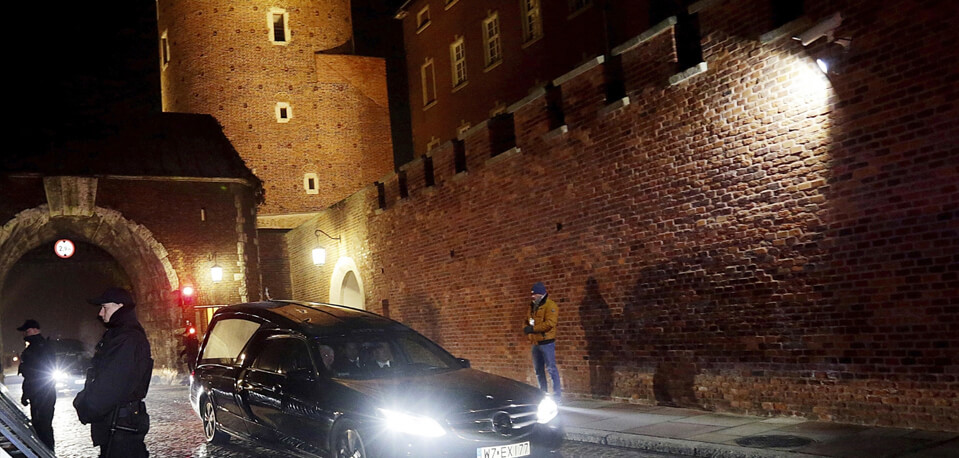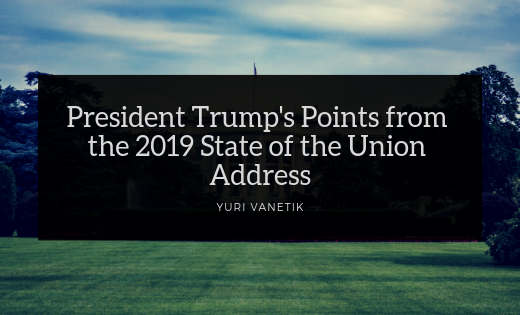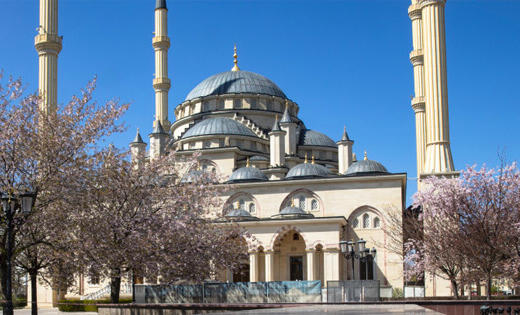The 10th anniversary of the April 10, 2010 crash of the Polish aircraft which killed Lech Kaczyński, the country’s fourth president, and many other top officials of the Polish government came and went. The crash, mired in controversy, occurred while the plane was attempting to land in Smolensk, Russia, and it was recently mourned on a small scale in Warsaw due to the COVID-19 pandemic.
Emotions are still high in Poland over the cause of the crash, although the tide may be starting to ebb as time passes.
However, it will most likely take a new generation to improve Polish-Russian relations. Polish and Russian citizens will eventually discover a new friendship predicated less on common ethnic ties and geographic proximity, but more on global commerce and technology that will supersede painful history and old grudges. The current Polish leadership is adamant about recounting the nation’s troubled history with the Soviet Union.
“After 10 years, it’s difficult to say anything or predict whether the case can ever be resolved,” Polish President Andrzej Duda said in Krakow after visiting Lech Kaczynski’s grave in a crypt in Wawel cathedral, reported Reuters in April of this year.
Poles still bitter about Kaczyński’s death
The pain Law and Justice (PiS) party leader Jaroslaw Kaczynski feels over the death of his brother and other leaders of the Polish military and government is understandable. The interesting part is the rage Kaczynski obviously still harbors towards Russia, as he accuses the Kremlin of murder.
This phenomenon manifests itself in a large part of Polish society. Even though the Polish president had little official power, what is clear is that Poland has deified Kaczynski.
No one knows what really happened on the night of the April 10, 2010 when the aircraft carrying Kaczynski slammed into a forest near the airport outside of Smolensk. It is known that Kaczynski had a history of pushing pilots to fly in bad weather. The aircraft was also an old Soviet design, which likely did not aid the pilots in their attempt to land.
The Russian government has refused to release the wreckage of the aircraft, fueling initial Polish suspicion of sabotage. Moscow did release some samples of the destroyed plane for analysis in a British lab, which later sparked reports that TNT had been found on the material. The PiS government released a report in 2015 which claimed exactly that — an explosion had blown the aircraft out of the sky on approach to Smolensk, to make it appear as though pilot error was the cause of the crash.
Conspiracy theories still abound
PiS believes the incident was a grand conspiracy between Russia and the Polish Left, to rid themselves of a problem and decapitate the conservative government. The truth is probably something less diabolical.
Curiously, Poland has now also initiated investigations and issued arrest warrants for Russian nationals who were giving air traffic control instructions that fateful day. The Polish authorities allege that these commands were criminal, rendered with intent to force the aircraft to crash.
“The charges brought against the air traffic controllers relate to the deliberate provocation of a plane crash that resulted in the death of many people, declared Ewa Bialik, a spokesperson for the Polish Prosecutor General’s Office last week. Russia did not release ATC tapes either, which is not the standard in an international aviation incident. What are they hiding? Did Moscow see a target of opportunity with the bad weather, and give bad navigation instructions to the plane?
The Polish political opposition alleges PiS is using the crash for political reasons, keeping the rage alive for its base to get out to vote, and further the narrative that only PiS can get to the truth of the issue. This view from the opposition seems cynical and ignores the obvious empirical evidence of the case, like the fact that investigative teams destroyed evidence, and Russia sent wrongly identified bodies back in sealed coffins.
Crash just another way to open Katyn wound
In any event, the crash poured salt into a still-simmering Polish wound of the killing of thousands of Polish officers by the Soviets during WWII after Stalin carved up Poland with Hitler. Katyń lingers as an unhealed wound in the Polish psyche; the sudden death of so much of the country’s leadership on the way to that site of national martyrdom was too much for some Poles to bear, wrote The Observer in 2018.
“We will make peace with Russia when they evolve,” said one source close to the Polish government recently when asked about the population’s view on Russian-Polish relations.
Over the Last several years, the Polish government has asserted Russia has been pursuing an agenda of blame shifting by arguing Poland is responsible for the start of World War II. This effort, according to Polish officials, is to deflect the focus from Stalin’s crimes.
The Polish government has often conditioned the improvement of relations with Moscow on Russia’s admission of crimes committed against the Polish people. These conditions are rejected by Moscow every time because they do not fit into the Russian hegemonic role in Eastern Europe. Russia –- at least for the time being –- prefers its rhetoric of influence over improved relations with Poland. Ergo, any efforts to alter the status quo will likely need to be initiated by Warsaw, and for that to occur, the Polish elite will have to dispense with conditions that the Russians acknowledge their controversial role in Poland’s history.
This shift in attitude is more likely to take place with the next generation in Poland’s and Russia’s leadership, and a new economy-oriented basis for cooperation between the two Slavic nations. When it occurs, the a new generation of Polish citizens will need to strike a delicate balance between Poland’s future as a European business juggernaut, and a country that at one point suffered as a de facto colony of the Soviet regime.
Yuri Vanetik is an American Attorney , investor and Political strategist. He is a Lincoln Fellow at Claremont Institute.
Originally published on Real Clear History



